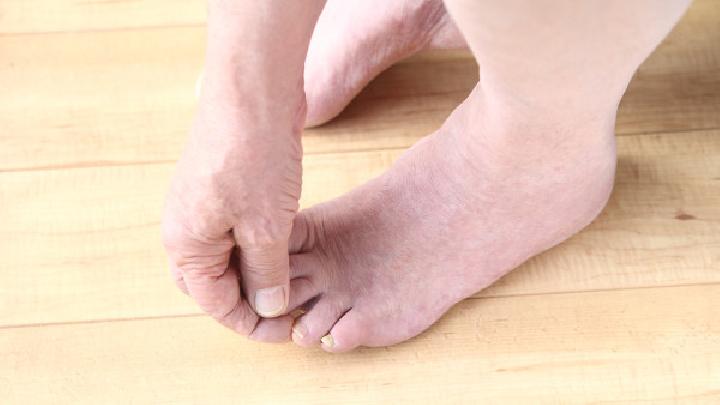I don't know much about gout, what kind of disease it is
Gout is a heterogeneous group of diseases caused by an increase in the concentration of uric acid in the blood due to impaired purine metabolism in the body, excessive production of uric acid, or decreased excretion. Its clinical features include hyperuricemia, recurrent arthritis, tophi formation, and renal lesions.
1. Etiology and pathogenesis
1. Purine metabolism disorder: defects of some enzymes in the process of purine metabolism can affect the oxidative decomposition of uric acid and cause excessive uric acid production;
2. Excessive production of uric acid: Under normal circumstances, nucleic acids and other substances in the body's cells, such as phosphoribose pyrophosphate, adenine, hypoxanthine, and guanine, can be converted into each other under certain conditions. When this transition is disturbed, uric acid production increases;
When this transition is disturbed, uric acid production increases;
3. Decreased uric acid excretion: Uric acid is mainly excreted from the kidneys through proximal convoluted tubule secretion and glomerular filtration. Primary decreased uric acid excretion may be associated with increased proximal tubular reabsorption.
2. Symptom manifestations
In the acute attack stage, it is manifested as sudden redness, swelling, heat and pain in one or both joints, the pain is severe and unbearable, and the affected joints are most common in the first metatarsophalangeal joint of the big toe, followed by the ankle, knee, wrist, elbow, finger and other joints, which are asymmetrically distributed. If left untreated, it resolves spontaneously after a few days, but reattacks become more frequent and worse.
3. Complications
1. Chronic intermittent arthritis: patients usually have joint pain and discomfort without obvious causes, and the duration is generally short, no more than a week;
2. Tophi: Long-term hyperuricemia will lead to the deposition of urate crystals in soft tissues, resulting in the formation of stone-like objects of different sizes, called tophi, which are commonly found in the auricles, hands, dorsum of feet and ankles;
3. Kidney disease: With the progression of the disease, some patients will develop kidney disease, including gouty nephropathy, urinary tract obstruction, urinary tract infection, hypertension and other conditions.
In addition to the above, complications such as diabetes, hypertension, coronary atherosclerotic heart disease, etc., may occur. It is recommended to actively cooperate with the doctor for standardized treatment after diagnosis, control the dietary structure, avoid eating high-purine foods, such as animal liver, seafood, etc., and follow the doctor's instructions for regular reexamination.